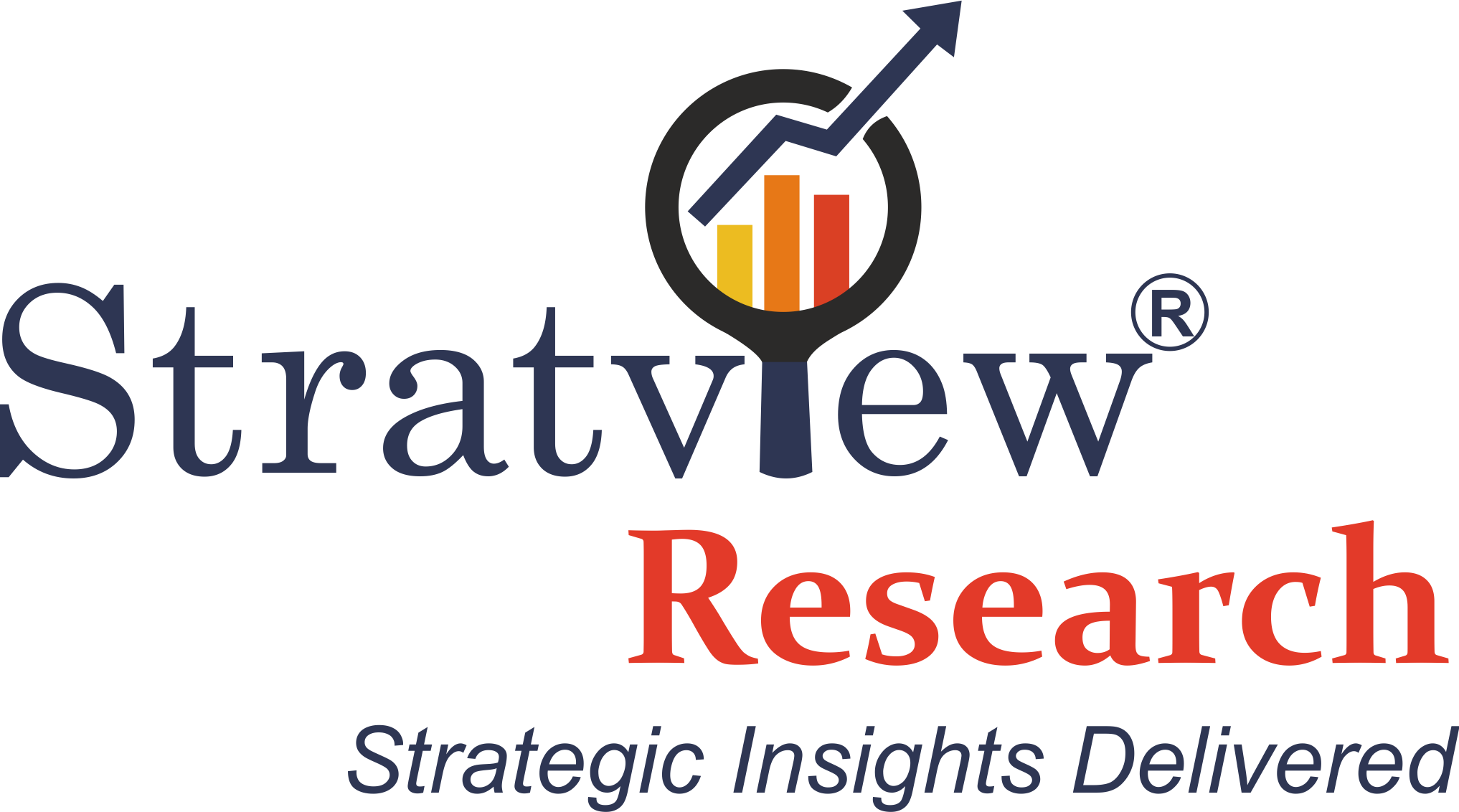The Flip Side of Solar: Unpacking the Rise of the Solar Panel Recycling Market

Solar energy has long been celebrated as the face of clean, renewable power. But as the first wave of solar installations ages out, an urgent question emerges:
What happens to solar panels when they die?
Enter the Solar Panel Recycling Market — a rapidly growing sector that is turning an end-of-life sustainability challenge into a multi-billion-dollar opportunity. According to Stratview Research, this industry is not just about waste management — it’s about closing the loop in solar energy and reclaiming critical materials for the future. According to Stratview Research, the Solar panel recycling market size was USD 0.51 billion in 2024 and is expected to grow from USD 0.61 billion in 2025 to USD 2.21 billion in 2032, witnessing an impressive market growth (CAGR) of 20.1% during the forecast period (2025-2032).
The Problem: A Green Technology with a Waste Problem
Solar panels typically last 25 to 30 years. That means the early installations from the 1990s and 2000s are now reaching end-of-life, creating a growing pile of solar waste.
Here’s the issue:
- By 2030, over 8 million metric tons of solar panel waste is expected globally
- Panels contain valuable — but also hazardous — materials, including silver, lead, cadmium, and silicon
- Most panels are currently landfilled or incinerated, due to lack of recycling infrastructure or economic incentives
This reality threatens to undercut the green credentials of solar energy itself.
The Agitation: A Missed Opportunity for Materials and Money
Discarded solar panels are more than just a waste challenge — they’re a resource recovery goldmine. Each panel contains:
- Silicon wafers that can be reused in new panels
- Glass and aluminum frames with high recovery rates
- Silver and copper that are crucial for electronics and energy storage
Yet today, less than 10% of panels are recycled in a cost-effective way. Most processes are still manual, inefficient, or regionally limited, especially in emerging markets.
The Solution: Building a Circular Solar Economy
Stratview Research highlights strong growth potential in the Solar Panel Recycling Market, driven by:
- E-waste and extended producer responsibility (EPR) regulations
- Green public procurement policies and recycling mandates
- OEM and energy provider initiatives focused on full lifecycle solutions
- Innovation in mechanical, thermal, and chemical recycling techniques
New players and startups are developing automated processes that can recover over 90% of materials from used solar panels — reducing the cost gap and carbon footprint of virgin material extraction.
To get a free sample, click here: https://www.stratviewresearch.com/Request-Sample/4387/solar-panel-recycling-market.html#form
Global Outlook: Regions Taking the Lead
According to Stratview Research:
- Europe leads in solar panel recycling mandates under the WEEE Directive
- North America is catching up, with states like California proposing solar recycling legislation
- Asia-Pacific — home to the largest solar capacity — is now facing a looming waste wave, with countries like Japan and South Korea investing in recycling infrastructure
- Emerging economies present opportunities for local collection and recovery ecosystems as solar adoption grows
Key Players and Innovations
The market includes a mix of waste management companies, solar manufacturers, and specialized recyclers:
- Veolia (Europe) — operating the first dedicated solar panel recycling plant in France
- First Solar — offering take-back programs and closed-loop recycling for its thin-film panels
- Reclaim PV Recycling (Australia) — pioneering full-panel recovery in the Asia-Pacific region
- ENVARIS and Silcontel — focusing on silicon and rare metal recovery technologies
Strategic Takeaway: Recycling Is the Missing Link in Solar Sustainability
If solar is to remain a truly green solution, the industry must think beyond kilowatt-hours and plan for what happens after 30 years of clean energy.
To stay ahead, stakeholders should:
- Incorporate end-of-life planning into solar project design and financing
- Create reverse logistics and take-back schemes
- Support R&D and policy alignment for cost-effective material recovery
- Educate installers and customers about recycling options and environmental benefits.
- Art
- Causes
- Crafts
- Dance
- Drinks
- Film
- Fitness
- Food
- Games
- Gardening
- Health
- Home
- Literature
- Music
- Networking
- Other
- Party
- Religion
- Shopping
- Sports
- Theater
- Wellness


